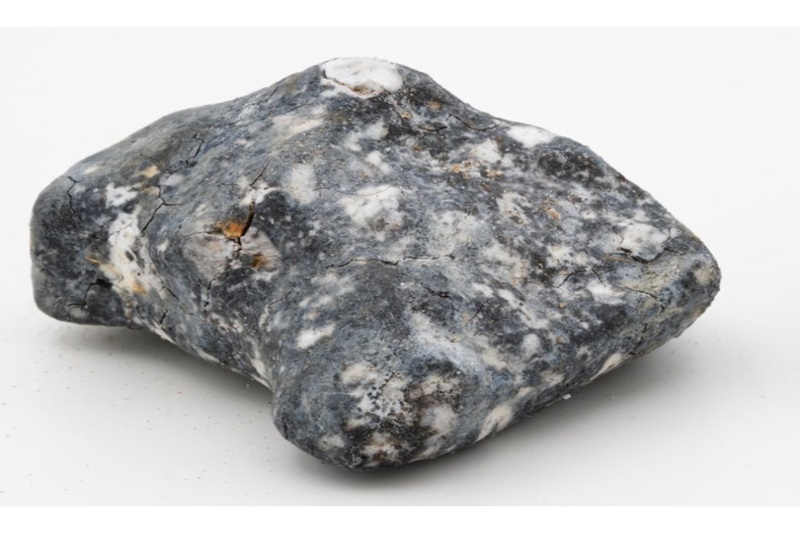Upon closer examination, a few meteorites that had crashed-landed outside of Berlin in late January were discovered to be among the rarest kind of space rock that had ever been found on Earth.
A three-foot-wide asteroid plunged into Earth’s atmosphere last month, ultimately meeting its fiery demise. Just a few hours before it crashed with Earth’s upper atmosphere, the tiny asteroid, officially named 2024 BX1, was discovered by Hungarian astronomer Krisztián Sárneczky of Konkoly Observatory. Astronomers from NASA, the ESA, and many institutions collaborated to trace the meteor’s path across the sky during the frenzied few hours that followed.
Astronomers from the Czech Academy of Sciences estimated where the fragments would land (south of the German village of Ribbeck, outside Berlin) based on the weather, especially strong winds, after 2024 BX1 split apart in a brilliant flare high above the ground. In the fields surrounding Ribbeck, SETI Institute meteor astronomer Peter Jenniskens and a group of employees and students from various universities searched for meteorites—asteroid bits that had withstood the heat and friction of falling through Earth’s atmosphere.
Testing conducted recently at Berlin’s Museum of Natural History revealed that the meteorites are aubrites, a very uncommon kind of space rock.
About 1 in 10,000 recovered meteorites are aubrites. They are composed of magnesium silicate minerals, which are remarkably rare for meteorites, and have almost no iron mixed in. They resemble gray granite with a thin layer of transparent glass on top. Their large, chunky crystals provide proof that cooling magma created aubrites.
The most likely candidate is 3103 Eger. Aubrites most likely originated as a component of an asteroid but were later split off by encounters with other floating space rocks. Nonetheless, some astronomers have hypothesized that aubrites might possibly be long-lost fragments of Mercury.
Topics #Earth #Mercuryian Pieces #Meteorites










